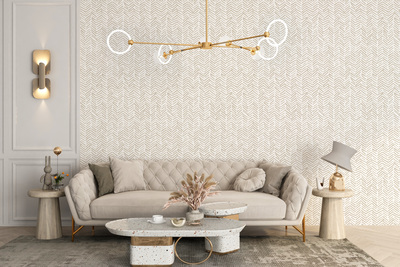Categories
Tags
-
#wallpaper for walls
#peel and stick wallpaper
#mordern wallpaper for walls
#modern wallpaper
#Renter-Friendly Wallpaper
#temporary wallpaper
#Peel and Stick Tile Wallpaper
#tile wallpaper
#abstract wallpaper
#BedroomStyle
#Modern Geometric Wallpaper
#Geometric Wallpaper
#PeelAndStickWallpaper
#Floral Wallpaper
#self adhesive wallpaper
#KIds Wallpaper
#custom wallpaper
#Wallpaper for kids
#rainbow wallpaper
#nursery wallpaper
#Bedroom Wallpaper
#flower wallpaper
#buy wallpaper for wall online
#wallpaper in bathroom
#stick on wallpaper
#abstract peel and stick wallpaper
#peel and stick wallapper
#Mural wallpaper
#wallpaperforwalls
#trendingwallpapermural
#giffywallsusa
#removablewallpaper
#peelandstickwallapper
#walldecor
#giffywalls
#flower peel and stick wallpaper
#peelandstick
#kidsroomwallpaper
#wallpaperforkids
#bedroom mural wallpaper
#bedroomwallpaper
#Bedroom Mural
#Halloween Wallpaper
#living room wallpaper
#retrowallpaper
#Toddler Wallpaper
#apartment friendly wallpaper
#Removable Wallpapers
#bedroom
Archives
Peel and Stick Wallpaper Removal: Myths vs. Reality
-
Posted by Giffywalls Wallpaper Filed in Other #PeelAndStickWallpaper #wallpaperforwalls #removablewallpaper #giffywalls 289 views
The Common Misconception
Peel-and-stick wallpaper is often marketed as a simple, no-mess alternative to traditional wallpaper, with claims that it can be removed in minutes. This has led many to believe that removal is always quick, easy, and completely damage-free. While this can be true under ideal circumstances, the experience varies greatly depending on factors like wall preparation, the type of paint, and the quality of the wallpaper used. Poor wall preparation or long-term application can make removal more challenging than expected. For a balanced breakdown of expectations versus reality, read Is Peel and Stick Wallpaper Truly Removable? Here’s the Truth.
Factors That Affect Removal
Not all removable wallpaper behaves the same during removal. If applied to a properly primed, smooth, and painted wall, the process is generally straightforward. However, if applied directly to bare drywall, over textured surfaces, or on walls with flat or matte paint, there’s a higher risk of peeling paint or leaving adhesive residue behind. Time is another factor — even peel-and-stick removable wallpaper can bond more strongly over the years due to changes in temperature, humidity, and exposure to sunlight. The longer it stays up, the more cautious you need to be during removal.
The Role of Adhesive Technology
The adhesive used in removable peel and stick wallpaper is designed to grip securely without creating a permanent bond. However, “temporary” does not mean “effortless.” Over time, environmental factors can cause the adhesive to cure more firmly against the wall surface. This is especially true in humid rooms like kitchens and bathrooms, where moisture can slightly alter the adhesive’s chemistry. This is why a wallpaper that comes off cleanly after six months may be harder to remove after three years. For more technical insight into adhesive performance, see Peel and Stick Wallpaper: Is It Really Removable Without Damage?.
How to Remove Without Damage
Removing peel and stick Removing wallpaper successfully requires patience and technique. Start from a top corner and gently peel downward at a 45-degree angle. Avoid pulling too quickly, as this can cause tearing or pull paint from the wall. If you notice resistance, apply low heat from a hairdryer to soften the adhesive, making it easier to lift the paper without damaging the surface. In some cases, a plastic scraper can help lift stubborn edges, but avoid using metal tools that could scratch the wall.
Preparing for a Cleaner Removal
If you are using wallpaper for walls temporarily, proper wall preparation is the best way to ensure a smooth removal later. This includes applying a high-quality primer before installation, allowing the paint to cure completely, and avoiding application in areas with excessive heat or moisture. Also, choose reputable brands that provide clear removal guidelines and specify whether their product is intended for short- or long-term use.
Myth vs. Reality in Summary
The myth is that all peel-and-stick wallpaper removes easily and cleanly every time. The reality is that successful removal depends on preparation, product quality, and proper technique. While removable wallpaper is far more forgiving than traditional wallpaper, it is not entirely without risk to your walls. With the right approach, however, you can enjoy the benefits of temporary design without committing to permanent changes.





